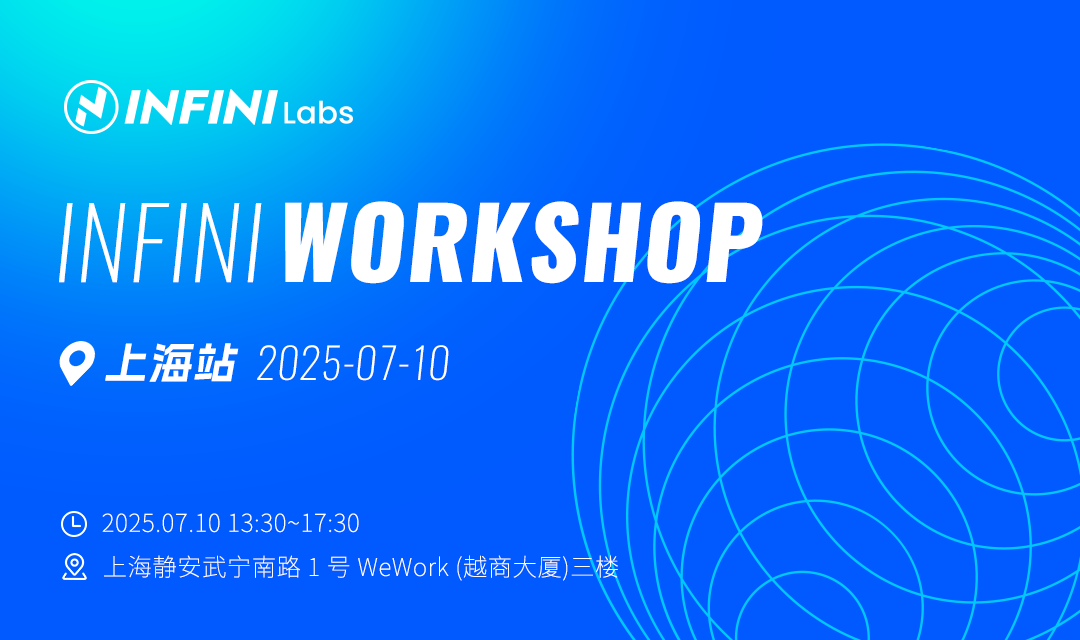Elasticsearch对聚合结果进行分页,请问是否能够实现
laoyang360 回复了问题 • 3 人关注 • 1 个回复 • 7340 次浏览 • 2020-03-25 21:14
ElasticSearch windows建立mapping一直报错啊啊啊啊啊啊啊
liuxg 回复了问题 • 4 人关注 • 4 个回复 • 2130 次浏览 • 2020-03-25 20:08
elasticsearch _tasks 获取描述信息
God_lockin 回复了问题 • 2 人关注 • 3 个回复 • 3996 次浏览 • 2020-03-25 00:24
es自定义排序错乱问题
God_lockin 回复了问题 • 6 人关注 • 4 个回复 • 4920 次浏览 • 2020-03-24 23:52
es GET index/_count转化为restHighLevelClient怎么写?
God_lockin 回复了问题 • 3 人关注 • 2 个回复 • 7965 次浏览 • 2020-03-24 23:17
请教关于ES索引自动发现的逻辑
locatelli 回复了问题 • 3 人关注 • 2 个回复 • 1865 次浏览 • 2020-03-24 11:49
cur指令在ik分词下上传json文件?谢谢!
liuxg 回复了问题 • 2 人关注 • 1 个回复 • 1456 次浏览 • 2020-03-24 11:14
关键字查询语句怎么写呢?寻找匹配度最高的文本
liuxg 回复了问题 • 2 人关注 • 1 个回复 • 1317 次浏览 • 2020-03-24 11:11
添加单条数据时检查重复,重复就更新,不重复就添加
tacsklet 回复了问题 • 2 人关注 • 1 个回复 • 3199 次浏览 • 2020-03-23 17:51
kibana的discover,不使用任何字段是否相当于在es的search:match_all
回复acid520 发起了问题 • 1 人关注 • 0 个回复 • 2061 次浏览 • 2020-03-23 14:44
es7.3怎么生成日期相差天数的字段
tacsklet 回复了问题 • 2 人关注 • 1 个回复 • 4301 次浏览 • 2020-03-23 12:00
如何查询一个字符串里面数字在范围内
匿名用户 回复了问题 • 3 人关注 • 2 个回复 • 2405 次浏览 • 2020-03-20 21:00
es适合存多长时间的数据?适合短期存储、长期存hdfs?
caizhongao 回复了问题 • 3 人关注 • 3 个回复 • 8018 次浏览 • 2020-03-20 20:45
为什么es写数据是先发请求到primary shard,再将请求转给replica shard
caizhongao 回复了问题 • 7 人关注 • 5 个回复 • 3982 次浏览 • 2020-03-20 20:40


